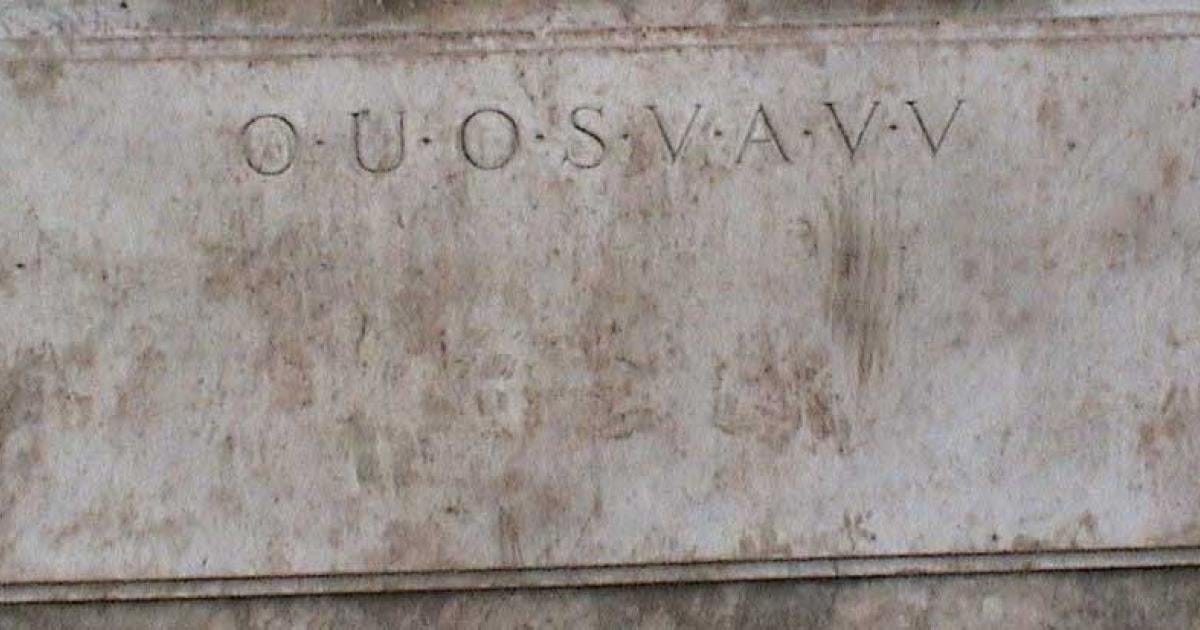Genoa, the Grail and the Shugborough Codes
A study of the cryptogram on the Shepherd's Monument and the symbolism of Mary Magdalene.

For nearly three hundred years, eight cryptic letters have stared down from a stone monument in the English countryside, defying every attempt at interpretation. O.U.O.S.V.A.V.V.—flanked by the initials D and M—carved into the Shepherd’s Monument at Shugborough Hall, have become one of history’s most tantalizing unsolved riddles. Historians have proposed family tributes. Conspiracy theorists have invoked the Holy Grail. Cryptographers have exhausted conventional methods. Yet the code has remained impenetrable, its secret locked in geometric precision and historical silence.
What if the key to this enigma lay not in 18th-century England, but in 15th-century Milan, within the gestures of apostles painted by Leonardo da Vinci? What if the figure we’ve called “John” for five centuries is actually Mary Magdalene, and her presence unlocks a mathematical cipher that spans continents and centuries?
This study proposes exactly that: a revolutionary decryption methodology that transforms Leonardo’s masterpiece into a cryptographic grid, uses the apostles’ names as coordinates, and applies the Shugborough inscription as a key.
Welcome to the decryption of the Shugborough code. Welcome to Leonardo’s Lock.
Keep reading with a 7-day free trial
Subscribe to Ancient Origins UNLEASHED to keep reading this post and get 7 days of free access to the full post archives.

